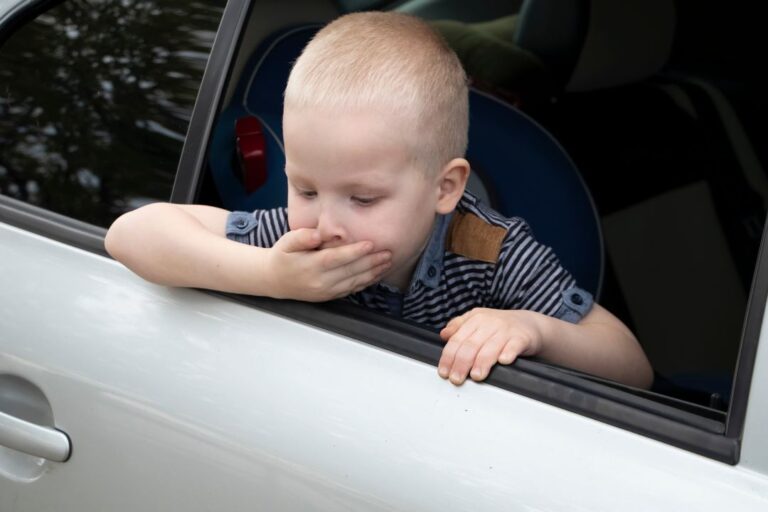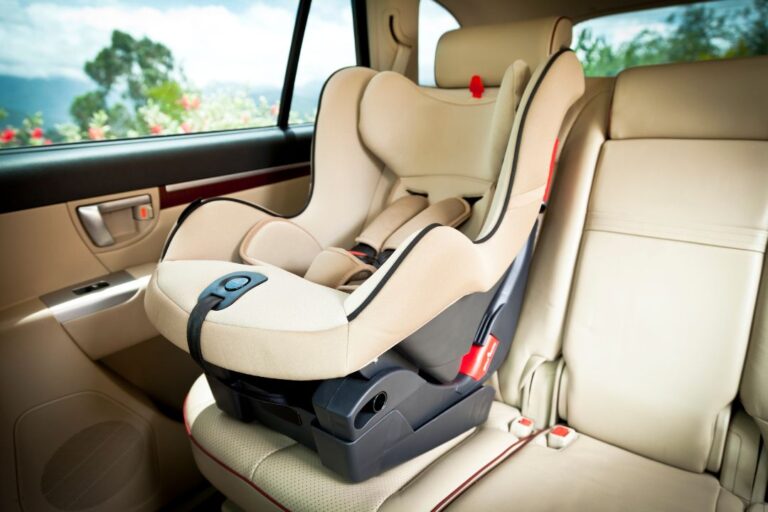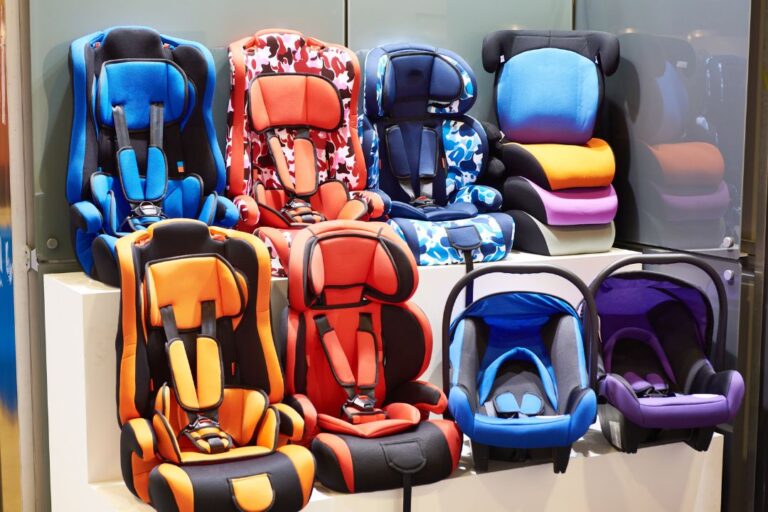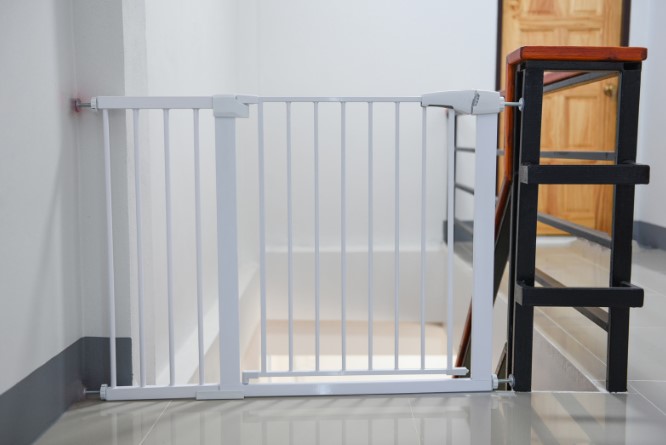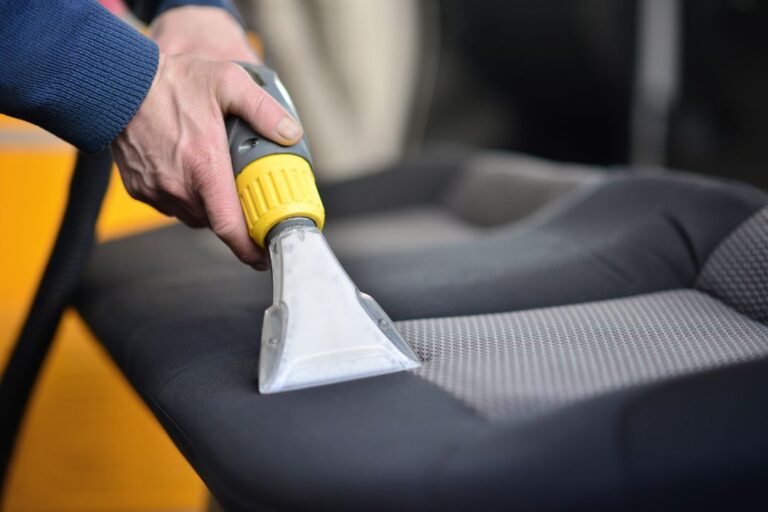Before putting your kid in the car seat, ensure it is safe and installed correctly. Learning your child’s car seat installation from a Certified Child Passenger Safety Technician is better. Identifying and addressing the risks in advance is essential for preventing car seat-related injuries.
Your car seat injury’s potential risk factors are age, race & ethnicity, and rural VS. Urban area. The other risk factors are car seat and booster seat misuse, driver seat belt improper use, and alcohol-impaired driving.
You must be aware of and put effort into installing, using, and maintaining your baby’s car seat to reduce risk. Properly use your children’s car seat, booster seat, harness, and seat belt. Make sure your kid is sitting safely in the car seat.
Today’s guide will tell you more about your child’s car seat safety basics, risk factors, how to prevent injury risk, etc. So, keep reading till the end!
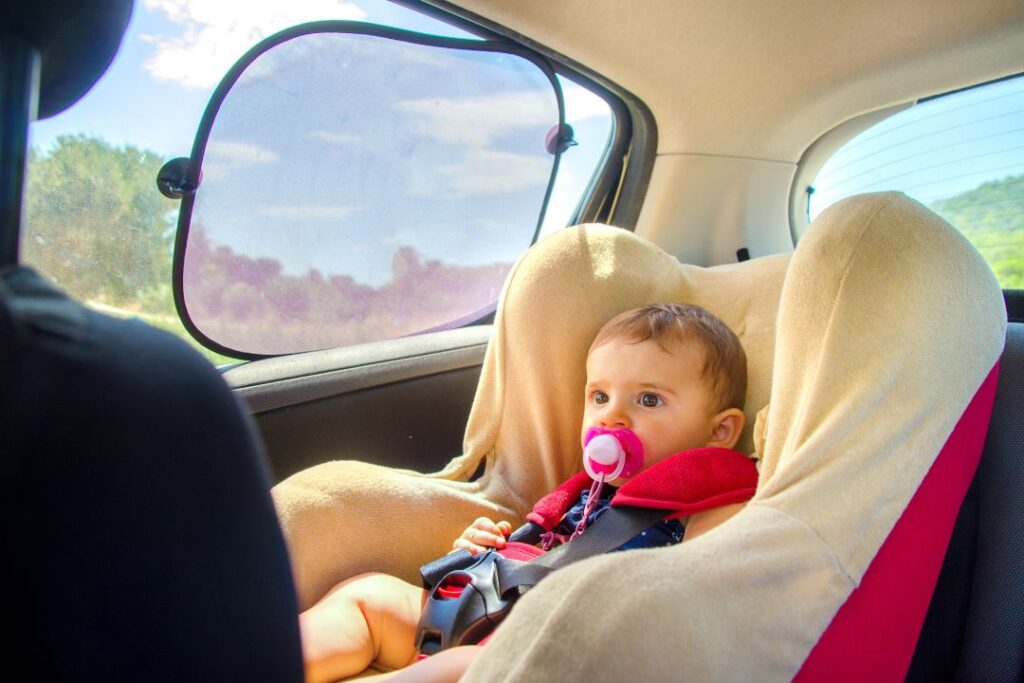
What Are Child Car Seat Safety Basics?
A car seat is a very good option to ensure your young children and infants’ best protection during traveling. But correctly installing the car seat is challenging. Many child seats, seat belts, harnesses, and vehicles are available today. So before using a seat, you must know its basic safety standards.
Knowing the basic safety tips helps to prevent car seat-related injury. Follow your kid’s car seat-related guidelines below:
- Based on your kid’s age and size, select the car seat. To get proper instructions about the seat’s use, weight limit, and installation, refer to the manufacturer’s instructions and the seat’s manual.
- While purchasing a car seat, register it with the manufacturer. You can register on the manufacturer’s website or can send the card to the manufacturer.
- Purchase the car seat only from those who have a strong history of seat manufacturing and marketing.
- The manufacturer must include each seat’s date and mode number during production. You will see the details on the label attached to the seat’s restraint. Usually, on the seat’s bottom or side, you will get this information.
- Before installing your car seat, take a picture of it. It will be helpful for you. However, if you are unsure about your car seat’s expiration date, ask the manufacturer.
Preventing Car Seat-Related Injuries: Identifying and addressing potential risks and Hazards
It’s important to address potential risks and hazards to prevent car-seat-related injuries. Now we will tell you what risk factors you should consider while using a car seat for your child.
1. Age
Car seat types usually vary by your kid’s age. Typically when your child gets older, the seat’s restraint use decreases. After analyzing the accident’s data, the researchers found that 40% of 8-12 year olds weren’t buckled up and were killed in crashes. This data was published in 2020 in a study using fatal crash data.
Researchers in different studies found that children riding in a car die mostly during crashes because they weren’t buckled up. However, kids become graduates too soon for the child safety car’s next step. Therefore when the children get older, you must use age-appropriate restraint.
2. Race & Ethnicity
It’s surprising but true that race and ethnicity is also a risk factor in your child’s car seat use. Compared to the white children, the Alaska Native and American Indian black children are more likely to be killed in the car crash.
Among the Alaska Native and American Indian children, the kid’s passenger death rates were high. This statement is according to the 2015 – 2019’s combined data. Several studies also conclude that for Hispanic, black, American, and Alaska Native children, this accident rate is too common.
The reason is that black children are improperly restrained or unrestrained during traveling compared to white children. According to research from 2019, 8% of white children, 17% of Hispanic children, and 34% of black children 4-7 years old weren’t buckled up during a car crash. That’s why the accident rate is higher among them.
3. Rural VS. Urban Area
According to the 2015 – 2019 combined data, rural children are typically at high risk of being killed in an accident. In most urban areas, the child passenger death rates were lowest and highest in rural countries.
In most rural countries, the death rates were highest, especially among those who failed to use age-appropriate restraints. Studies also conclude that children in rural areas are incorrectly restrained in the car seat compared to urban areas.
Also, compared to the urban locations, child restraint misuse intensity is more common in rural locations.
4. Misuse Of Car Seat & Booster Seat
Incorrect use of your car seats and booster seats makes them less effective. Researchers in a study in 2011 found that 46% of parents use the car seat and booster seats incorrectly.
Ultimately the incorrect use of seats reduces their effectiveness. Excluding boosters seat use, the car seat misuse percentage is higher by nearly 59%.
However, parents do the following most common errors in using their car seat and booster seat:
- Car seat’s loose harness
- Loose installation of car seat
- Rear-facing car seat’s incorrect recline angle
- In forward-facing car seats, harness behind your kid’s legs, arms, and back
- For booster seats, the improper shoulder belt and lap belt position
5. Use of Driver Seat Belt
According to research from 2020, child passengers of 65% were killed in crashes where the drivers were not buckled up.
On the contrary, the kid’s accident rate with buckled drivers was 32%. That means the accident rate of children with buckled drivers is less than that of unbuckled drivers.
6. Alcohol-Impaired Driving
For all road users, including kids and passengers, one of the major threats is alcohol-impaired driving. Research shows that in 2020 due to the alcohol-impaired driver, 24% of child passengers died. The alcohol-impaired drivers are unrestrained. Therefore their accident rate is also high.
How Can You Reduce Risk & Prevent Car Seat Related Injuries?
You can reduce risk and prevent car seat-related injuries with little effort and awareness. First, you must ensure your kids are properly buckled in the car seat. Also ensure the seat is appropriate according to their age and size. This little consciousness can take you a long way to prevent your kid’s car seat accident.
Proper use of seat belts reduces your kid’s injury risk in a crash by 71% – 80%. Using booster seats for kids ages 4-8 reduces 45% of children’s serious injury risk. Moreover, the booster seat’s effectiveness is also higher.
According to a recent study, booster seats among 7-8 years of age help to prevent serious and moderate crash injuries. Using the seat belt reduces your kid’s serious injury and death risk. During a crash, a seat belt is a great thing that prevents passengers and drivers from being ejected. Therefore wearing a seat belt is a must to reduce the injury risk.
Frequently Asked Questions
How Do I Keep My Kid From Getting Out Of The Car Seat?
To keep your child out of the car seat, check its harness height, do the pinch test, extend the crotch buckle, and check your car seat.
What Part of Car Is Safer for Car Seat?
For your car seat, the safest place is the rear middle seat. The rear middle seat from the passenger side airbags has maximum distance. Moreover, it has a minimum potential impact.
What Are The Most Common Injuries That Seat Belts Prevent?
Your car seat belt prevents contusions, abrasions, shoulder injuries, and bruised and fractured ribs. Also, it reduces abdominal injuries and chest and sternum injuries.
Final Take
For preventing car seat-related injuries identifying and accessing its risk factors are essential. Hopefully, this comprehensive guide helped you learn about all those risk factors.
There is no second option of buckling up your child properly in approved restraints like a car seat or booster seat to prevent injury. Ensure your car seat is perfect and appropriate for your kid’s age, height, and weight.
We have done with listing all car seat injuries, all the risk factors, and their preventive ways. If you have anything to learn more, comment in our blog’s comment section. Soon our experts will help you.

